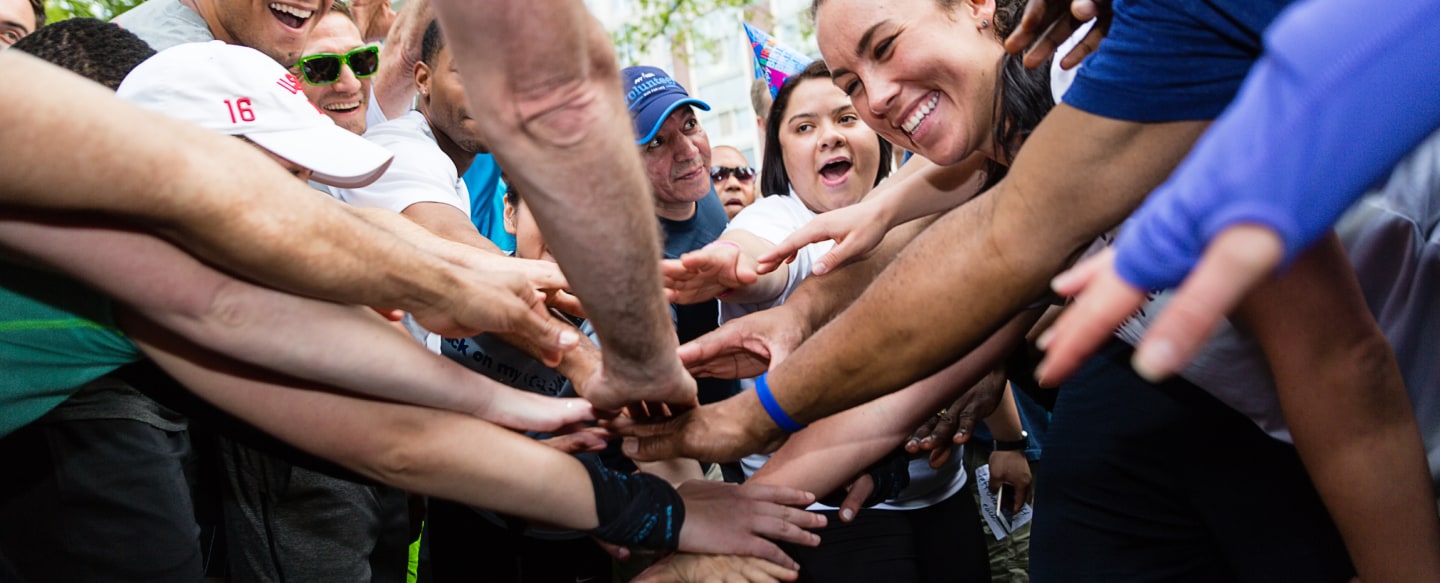A series of studies by Juliana Schroeder and her team at U.C. Berkeley explain why polarization is happening — and how to fix it.
In his book Interpersonal Skills in the Workplace: Finding Solutions That Work, author Asa Don Brown observed that “communication is an art form that is crafted throughout our lives.” A team at the University of California-Berkeley is proving that communication is every bit as much a science as it is an art.
Of the many titles Juliana Schroeder holds, one is director of the Social and Moral Judgments Lab (colloquially known as the “SOMO” lab). With support from CKF, a full-time lab manager recruits and manages a group of 15-20 different research assistants each semester, all of whom are actively running studies for Schroeder and her graduate students.
Though there are multiple studies taking place at any given time, Schroeder’s work concerns one central question: How do people make judgments of other people, and how do different forms and aspects of communication influence those judgments?
Schroeder is particularly interested in how people’s judgments relate to broader assessments of humanization — and dehumanization. “A key piece of what it means to be human is to have the sophisticated capacities to think and feel,” she explains. “When you don’t think of a person as having these sophisticated mental capacities, you’re subtly dehumanizing them in a way that can lead you to have less moral regard for them.”
For a real-life example of this principle in action, one need look no further than a political discussion on social media. The divide between “liberals and conservatives [is] becoming a much more challenging conflict characterized by what we call ‘explicit dehumanization,’” Schroeder says. That’s what takes place when “one side will very readily say [of] the other, ‘They’re idiots; they don’t have reasonable mental capacities.’”
One of the most recent projects Schroeder’s team has been conducting examines how different media — face-to-face communication (or online video chats), voice-only communication, or written communication through text or social media — affects the perceptions that people of differing viewpoints form of each other. At the end of May, when we spoke with Schroeder, that data set had been collected and was entering the publication process.
In one study, Schroeder’s team recruited 300 Berkeley students, screened them for their views on controversial topics (such as the safety of genetically modified food), then matched them with another student who held an opposing viewpoint. The pairs would then discuss the issue face-to-face (or through a video chat), through a voice-only medium, or through a text-messaging application; afterward, the subjects completed surveys regarding their judgment of the other person and how they perceived his or her mental capacity.
The findings?
“The presence of the voice seems to matter quite a bit for influencing people’s judgements,” Schroeder says. “Whether or not we can see each other actually doesn’t matter as much. The important cues about the person’s mind are coming from the voice — not the face. This sometimes surprises people; they might ask, ‘But what about eye rolls?’ But you can hear that sentiment in the voice. Voice and face often provide redundant information – but this research suggests that people’s voices may be even more reflective of their thoughts than their faces are.”
“The key finding is that if you are talking to someone with whom you disagree, compared to writing with them, there is less dehumanization, a better ability to resolve a conflict, and more openness to hearing each other’s views. There’s more recognition that the other person is actually thoughtful despite the disagreement.”
One of the groups that has taken both a participatory role and an active interest in future applications of Schroeder’s work is Bridge USA, which seeks to create venues on college campuses where students can lead a movement to de-politicize the atmosphere, create empathy, and freely exchange ideas. With its full-time work launched only a year ago, Bridge USA already has chapters on 35 college campuses in 22 states.
Two years ago, Manu Meel was a student at U.C. Berkeley, where he and some like-minded students helped Schroeder with one of her earliest experiments in campus dialogue: They recruited students for Political Speed Dating, in which they conversed with someone from across the political divide for two minutes, then moved on. Half the students used a computer to do so; the other half talked face to face. After graduating in May 2020, Meel is now the CEO and his compatriots are the staff of Bridge USA.
“For us, essentially, the finding is that ultimately, you can’t have strictly online communication with your political other,” Meel says. “It has to be supplemented with face-to-face conversation, no matter your goal” because three important things result from it:
- Students are better able to put themselves in their opponents’ shoes;
- Invisibility disappears, which automatically dampens the volatility of disagreements; and
- Some face-to-face conversations can lead to finding common ground.
Ultimately, Meel says, the divisiveness on college campuses is not rooted so much in differing political viewpoints as it is in differing political temperaments.
“The loudest people are still on the extremes,” he explains. “Many students are quiet because they don’t feel like a voice exists to represent them so that’s what we’re developing with our program. How can we help young people engage in a less polarized way?” Bridge chapters draw in students from the middle who have not been previously engaged because they were turned off by the loud voices at either end of the spectrum.
“They don’t feel like they have to defend themselves,” he says.
“I think we forget how capable humans are of goodness and empathy and kindness. When you break things down to parts, back to basics, we see progress. For the students who do engage, they learn things they never heard of before. And sometimes it changes their career path.”
So if face-to-face communication — or at least hearing someone’s voice — is essential to building empathy for our fellow humans, what medium is the least beneficial and the most dehumanizing?
To the dismay of Schroeder’s students and other members of Generation Z, it’s text.
“That’s where you a lose a lot of the rich information that we think comes through the voice,” Schroeder explains. “And it’s less synchronous, which creates a whole bunch of challenges, particularly when you’re trying to deeply understand a person’s views on something.”
“The younger generations think [text] will actually be more enjoyable for them, that they’ll actually be more understanding if they can write to each other — but we find that communicating via text, compared to talking, is less enjoyable and reduces understanding.”
While Schroeder acknowledges that texting can be appealing because it feels easier to use during disagreement, she emphasizes that “this research shows that it’s the worst medium for resolving conflict.” Those who really care about understanding the other political side would be wise to sit down and talk with them.
The Charles Koch Foundation partners with social entrepreneurs to drive societal progress through academic research and innovations that help all learners realize their potential. Read more about the Foundation’s support for education.











